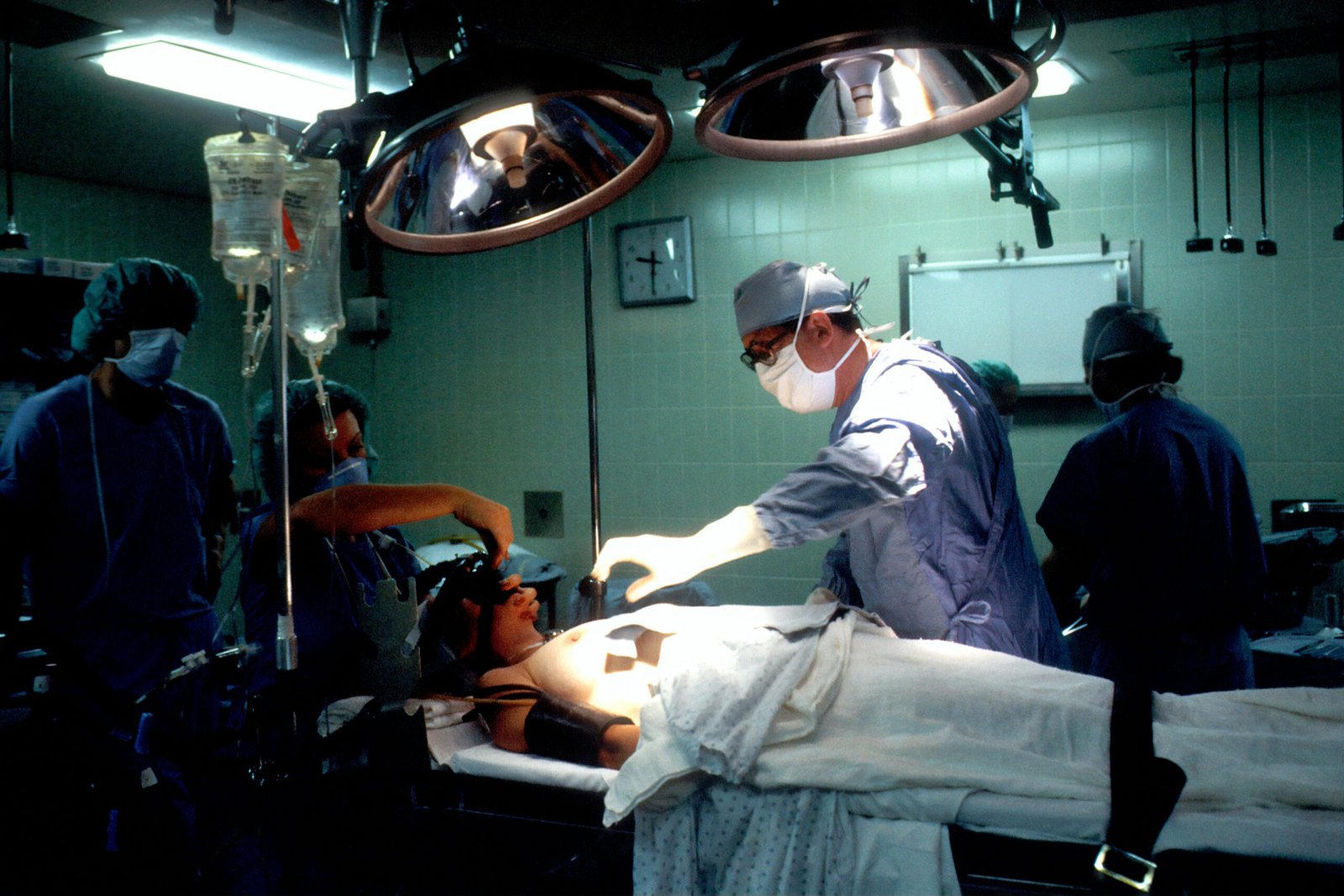Introduction
Laparoscopic surgery, also known as keyhole surgery, is a minimally invasive surgical technique that has gained popularity in recent years. This procedure involves making small incisions in the abdomen and inserting a thin, flexible tube with a camera and surgical instruments. The surgeon can then perform the necessary surgical procedures while viewing the internal organs on a monitor. In this blog post, we will explore the advantages of laparoscopic surgery and why it is becoming the preferred choice for many patients and surgeons.
Advantage 1: Minimal Scarring
One of the most significant advantages of laparoscopic surgery is the minimal scarring it leaves behind. Traditional open surgeries require large incisions, which can result in noticeable scars. In contrast, laparoscopic surgery only requires small incisions, typically less than an inch in length. These small incisions heal faster and leave minimal scarring, which is particularly beneficial for patients who are conscious about their appearance or have concerns about post-surgical scarring.
Advantage 2: Reduced Pain and Faster Recovery
Compared to open surgeries, laparoscopic procedures are associated with reduced pain and faster recovery times. The smaller incisions used in laparoscopic surgery result in less trauma to the surrounding tissues, leading to less post-operative pain. Additionally, the minimally invasive nature of the procedure allows patients to recover more quickly and return to their normal activities sooner. This advantage is particularly significant for patients who have busy lives or need to get back to work or other responsibilities as soon as possible.
Advantage 3: Lower Risk of Infection and Complications
Another advantage of laparoscopic surgery is the lower risk of infection and complications compared to open surgeries. The smaller incisions used in laparoscopic procedures reduce the exposure of internal organs to external contaminants, minimizing the risk of infection. Additionally, the shorter hospital stays associated with laparoscopic surgery also reduce the risk of hospital-acquired infections. Furthermore, the reduced trauma to the surrounding tissues during laparoscopic surgery decreases the chances of complications such as bleeding and hernias.
Advantage 4: Improved Cosmetic Results
As mentioned earlier, laparoscopic surgery involves smaller incisions, resulting in minimal scarring. This advantage not only reduces the risk of noticeable scars but also improves the overall cosmetic results of the procedure. Patients who undergo laparoscopic surgery often experience improved body image and self-esteem due to the less visible scarring. This advantage is particularly important for procedures performed in visible areas, such as the abdomen or face.
Advantage 5: Enhanced Precision and Visualization
Laparoscopic surgery provides surgeons with enhanced precision and visualization during the procedure. The camera inserted through the small incisions provides a magnified view of the internal organs on a monitor, allowing the surgeon to see details that may not be visible in open surgeries. This improved visualization enables the surgeon to perform intricate procedures with greater accuracy, reducing the risk of complications. The use of specialized instruments further enhances the precision of laparoscopic surgery.
Conclusion
Laparoscopic surgery offers numerous advantages over traditional open surgeries. From minimal scarring and reduced pain to lower risk of infection and enhanced precision, this minimally invasive technique has revolutionized the field of surgery. As technology continues to advance, laparoscopic procedures are becoming even more efficient and effective. If you are considering a surgical procedure, it is worth discussing the possibility of laparoscopic surgery with your healthcare provider to explore the potential benefits it may offer.
